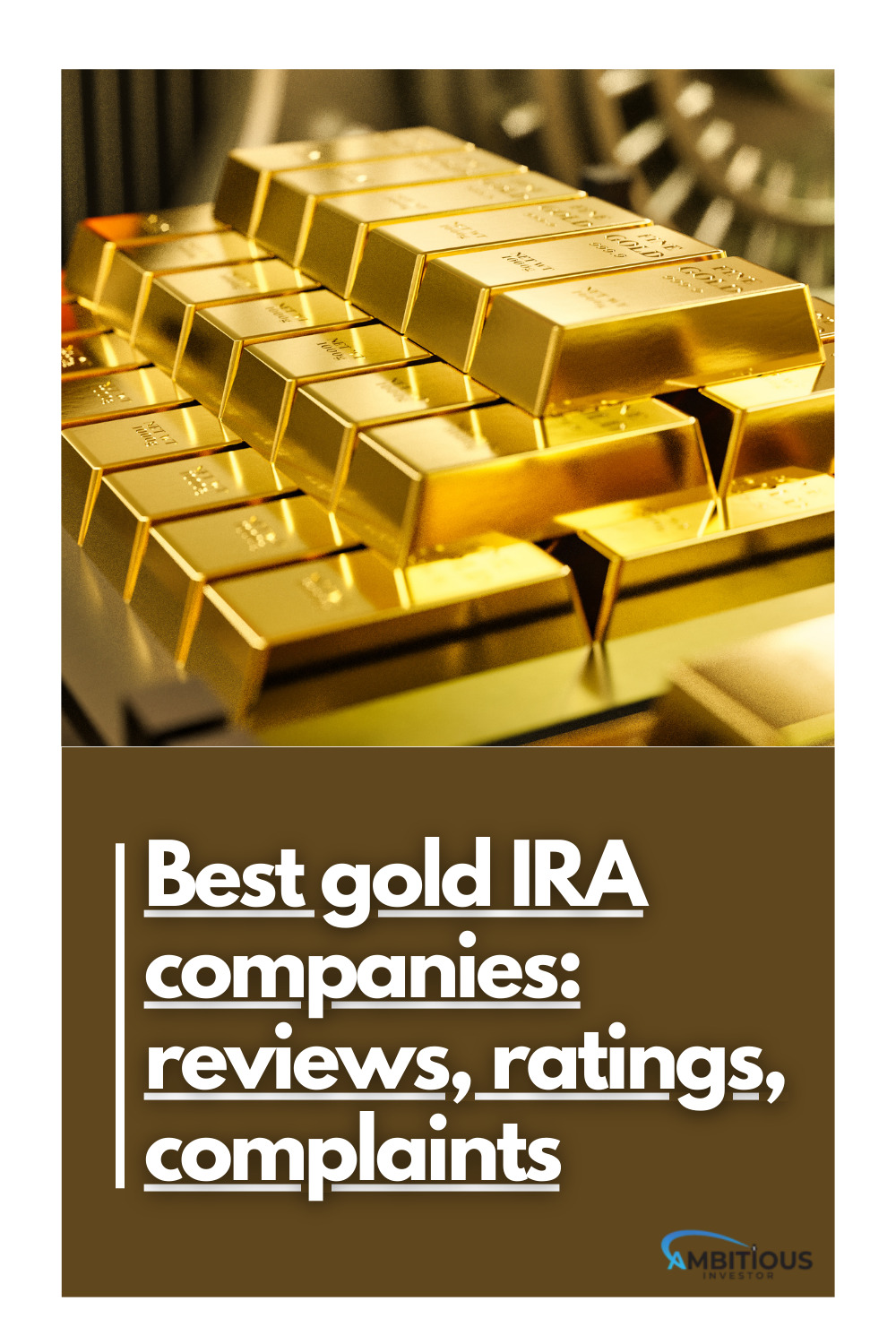sherylreber39
About sherylreber39
Understanding IRA Gold Accounts: A Complete Overview
Individual Retirement Accounts (IRAs) have long been a preferred choice for individuals trying to avoid wasting for retirement. Among the assorted sorts of IRAs, gold IRAs have gained significant attention in recent times. This report aims to supply a detailed overview of IRA gold accounts, explaining what they are, how they work, their benefits and drawbacks, and the laws governing them.
What is a Gold IRA?
A Gold IRA is a self-directed Individual Retirement Account that permits investors to carry physical gold and other treasured metals as part of their retirement portfolio. Not like conventional IRAs, which usually hold stocks, bonds, and mutual funds, a Gold ira gold account provides the opportunity to put money into tangible assets, reminiscent of gold coins, bullion, and different accredited precious metals.
Sorts of Treasured Metals Allowed
The internal Revenue Service (IRS) has specific laws relating to the forms of treasured metals that can be included in a Gold IRA. Typically, the following metals are allowed:
- Gold: Should be 99.5% pure gold or greater.
- Silver: Must be 99.9% pure silver or larger.
- Platinum: Have to be 99.95% pure platinum or increased.
- Palladium: Have to be 99.95% pure palladium or greater.
How Gold IRAs Work
Organising a Gold IRA includes several steps:
- Choose a Custodian: Investors should select a custodian who is authorized by the IRS to manage their Gold IRA. The custodian is responsible for holding the precious metals and guaranteeing compliance with IRS rules.
- Fund the Account: Traders can fund their Gold IRA by means of varied means, including rollovers from current retirement accounts (akin to 401(okay)s or traditional IRAs), direct contributions, or transfers from different IRAs.
- Choose Treasured Metals: As soon as the account is funded, buyers can choose which kinds of precious metals to buy. It is crucial to pick metals that meet IRS purity standards.
- Storage: The physical gold must be saved in an permitted depository that meets IRS pointers. Investors cannot store the metals themselves, as this might violate IRS rules.
Benefits of Gold IRAs
- Hedge Towards Inflation: Gold has traditionally been viewed as a secure haven throughout financial downturns and durations of inflation. Many buyers flip to gold to preserve their buying power.
- Portfolio Diversification: Adding gold to an funding portfolio can provide diversification, decreasing general threat. Treasured metals typically behave in a different way than stocks and bonds, making them an attractive option for traders.
- Tax Benefits: Like conventional IRAs, Gold IRAs offer tax-deferred progress. Because of this traders do not pay taxes on beneficial properties until they withdraw funds from the account during retirement.
- Tangible Asset: Not like paper property, gold is a tangible asset that buyers can bodily hold. This can provide a sense of safety, especially during times of economic uncertainty.
Drawbacks of Gold IRAs
- Higher Charges: Gold IRAs often include higher charges in comparison with traditional IRAs. These fees might embody setup fees, storage charges, and custodian fees, which can eat into investment returns.
- Restricted Funding Choices: While a Gold IRA permits for funding in precious metals, it limits the power to put money into different asset lessons, corresponding to stocks and bonds. This may occasionally not align with all traders’ strategies.
- Market Volatility: The value of gold will be unstable, influenced by various components akin to geopolitical events, currency fluctuations, and changes in demand. This volatility can affect the value of a Gold IRA.
- IRS Rules: Gold IRAs are topic to stringent IRS rules, which might complicate the investment process. Buyers should guarantee compliance to keep away from penalties and taxes.
IRS Regulations and Compliance
The IRS has specific guidelines governing Gold IRAs to make sure compliance and protect buyers. Key regulations embrace:
- Eligible Treasured Metals: Only bullion and coins that meet specific purity requirements will be included in a Gold IRA. Buyers must ensure that their purchases adjust to IRS guidelines.
- Storage Necessities: Treasured metals in a Gold IRA have to be saved in a secure, IRS-permitted depository. Traders cannot take physical possession of the metals until they withdraw them from the account.
- Contribution Limits: Gold IRAs are topic to the identical contribution limits as traditional IRAs. For the tax year 2023, individuals can contribute up to $6,500 ($7,500 if age 50 or older).
- Withdrawals: Withdrawals from a Gold IRA are taxed as ordinary earnings, and if taken earlier than age 59½, they may be topic to an additional 10% early withdrawal penalty.
Conclusion
IRA gold accounts supply a singular investment alternative for people seeking to diversify their retirement portfolios with precious metals. While they supply several advantages, together with a hedge against inflation and tax advantages, they also come with drawbacks similar to greater fees and market volatility. Understanding the rules and compliance requirements is crucial for investors considering a Gold IRA. As with any investment, individuals ought to rigorously evaluate their monetary goals and consult with a financial advisor before making selections regarding Gold IRAs.
No listing found.

